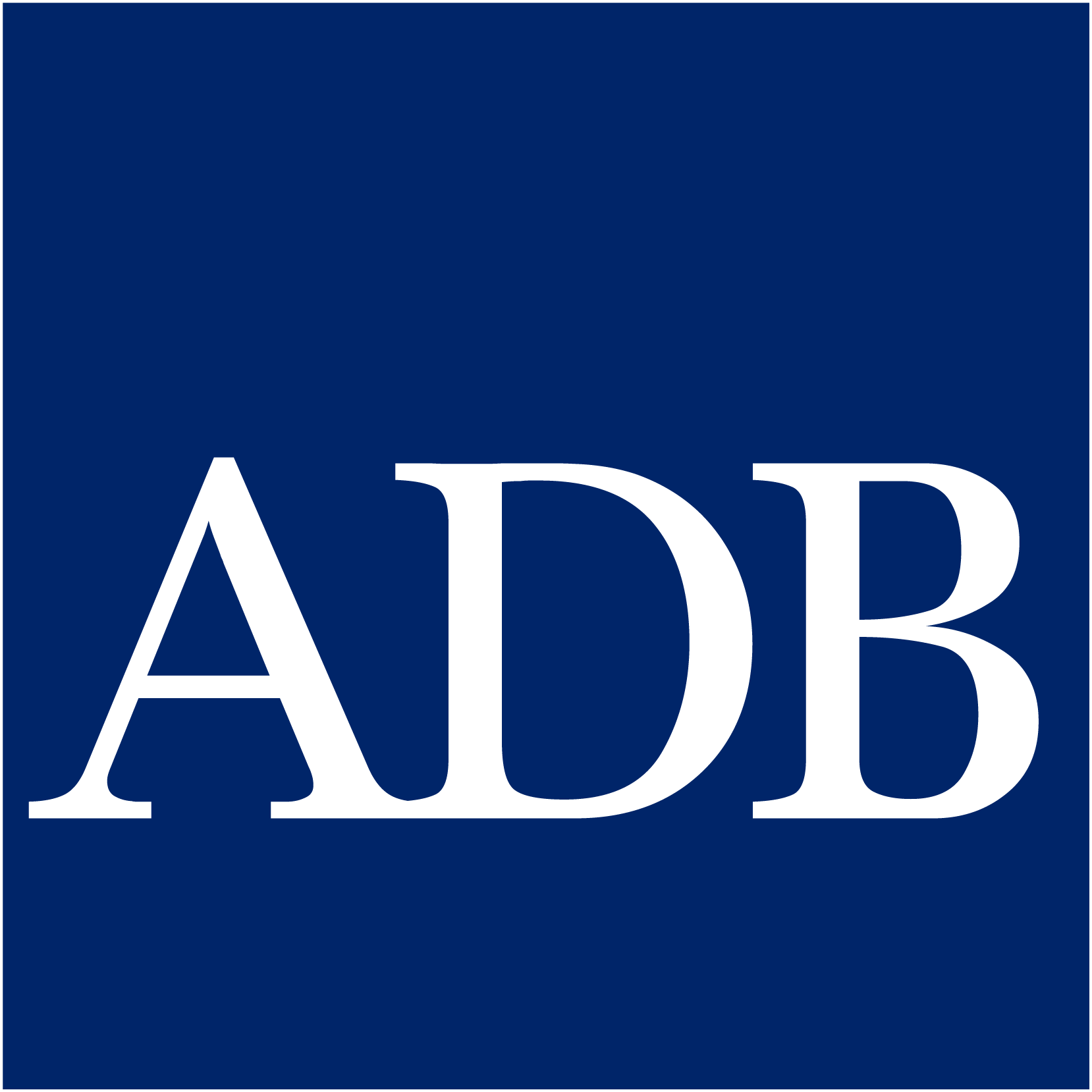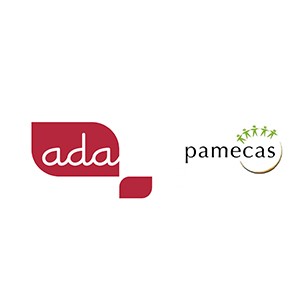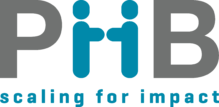
ADB Financial Regulators Training Initiative FRTI
The Asia-Pacific Economic Cooperation (APEC) Finance Ministers endorsed the establishment of the APEC Financial Regulators Training Initiative (FRTI) in May 1998 to strengthen financial supervision and regulation in the region by enhancing the analytical and technical capacity of bank supervisors and securities regulators. The APEC FRTI provides a sustainable, efficient, cost-effective training structure for the junior and mid-level staff of financial supervisory and regulatory agencies and stock and derivative exchanges.
Context:
The Asia-Pacific Economic Cooperation (APEC) Finance Ministers endorsed the establishment of the APEC Financial Regulators Training Initiative (FRTI) in May 1998 to strengthen financial supervision and regulation in the region by enhancing the analytical and technical capacity of bank supervisors and securities regulators. The APEC FRTI provides a sustainable, efficient, cost-effective training structure for the junior and mid-level staff of financial supervisory and regulatory agencies and stock and derivative exchanges.
ADB APEC FRTI
Since 2014, PHB has served as a primary resource for ADB APEC FRTI activities to build capacity for regulators in the field of emerging digital financial services, mobile money, cryptocurrency and other emerging fintech policy areas. This 5-day training seminar FRTI, hosted by the Financial Supervisory Commission of the Cook Islands, brought together mid-level policymakers from other regulators including Samoa, Tonga, Fiji, Solomon Islands, Vanuatu, Taiwan and Cambodia.
Objectives:
To serve as the primary resource person and facilitator to finalize the agenda and sessions to support the participants in these learning objectives:
1. Define the various types of models for mobile financial services, mobile money products and delivery channels.
2. Compare mobile financial services transactions and services.
3. Assess the adequacy of the provider’ systems to manage the risks associated with customers, including managements’ ability to implement effective monitoring and reporting systems.
4. Understand the supervisory process for digital financial services and assess the money laundering and terrorist financing risks associated with emerging technologies.
5. Outline the regulatory architecture including the regulatory sandbox required to support DFS.
6. Understand Blockchain, DLT and its principal application and regulatory implication.
Deliverables:
Delivery of sessions and exercises in the area of e-money and e-money issuer supervision, mobile banking payments and risks, E-channel risk and reconciliation systems, regtech applications and approaches, financial inclusion use cases and ways to assess and develop an enabling regulatory framework for digital finance.

Telecom regulation challenges that impact mobile financial services in UEMOA countries
The Central Bank of West African country wants to develop financial inclusion through mobile and branchless banking.

Context: The Central Bank of West African country wants to develop financial inclusion through mobile and branchless banking.
Objective: Identify the regulatory constraints that impeach mobile operators, financial institutions, and payment service providers to actively develop their services and deployments.
Deliverables: Synthetic presentation of the regulatory constraints mainly related to customer protection, open competition and interoperability, recommendations to overcome them at policy and regulatory levels, as well as with government payment initiatives.

Market study of Senegalese migrants in Spain and product development of remittance-linked products
Since 2009, PAMECAS, in collaboration with ADA, is promoting the savings of Senegalese migrants. Pamecas wishes to adapt its product and services for migrants residing in Spain.

Context: Since 2009, PAMECAS, in collaboration with ADA, is promoting the savings of Senegalese migrants. Pamecas wishes to adapt its product and services for migrants residing in Spain.
Objective: Perform a market study about the needs of Senegalese migrants in Spain and suggest improvements for the Pamecas remittance products.
Deliverables: Market study identifying the characteristics of the Senegalese diaspora in Spain and their needs for financial services; Product development plan to improve the current products (features, pricing, operations, promotion, distribution); Financial/business model; Action plan for Implementation.

Implementation and Launch of Mobile Money Services (MMS) in Uganda
Orange needed assistance with the design, implementation, pilot and launch of a new mobile money service in Uganda. A dedicated project manager was seconded by PHB Development to manage the project from inception to completion.

Context: Orange needed assistance with the design, implementation, pilot and launch of a new mobile money service in Uganda. A dedicated project manager was seconded by PHB Development to manage the project from inception to completion.
Objective: analyze the market, identify the need, define the position in the marketplace and build partnerships to launch service.
Deliverables: instructed processes for regulatory approval; partnerships; product specification; technical development; distribution strategy; operations; organisation; training; finance; UAT and FUT.

Drafting of a Comprehensive Regulatory Framework for E-Money Namibia
Central Bank of Namibia wanted to develop a regulatory framework for mobile and e-money related services that would enable financial inclusion, whilst ensuring appropriate security for payment systems.

Context: Central Bank of Namibia wanted to develop a regulatory framework for mobile and e-money related services that would enable financial inclusion, whilst ensuring appropriate security for payment systems.
Objective: assist the Central Bank to define clear, unambiguous and comprehensive regulations for e-money, governing banks and non-banks.
Deliverables: drafted regulatory framework for e-money and led workshops with stakeholders, including the Central Bank to set the final regulations, guidelines and criteria.
